by Joseph Lowry
In selecting a leader for the attack on Fort Stedman, Robert E. Lee could scarcely have chosen a better commander than Maj. Gen. John B. Gordon. At this point in the war, Gordon was one of Lee’s most experienced and capable combat commanders. His rise was even more remarkable considering his total lack of military experience prior to the beginning of the American Civil War. Gordon was born into a modestly wealthy family in Upson County, Geo., on February 6, 1832. He discovered at a relatively young age that he possessed impressive oratorical skills that would serve him well during the Civil War. Before the war, Gordon attended the University of Georgia and then practiced law in Atlanta before becoming superintendent of a coal mine in northwestern Georgia. [text_ad use_post=”2262″]
After the attack on Fort Sumter, Gordon raised a company of Georgia volunteers, the Raccoon Roughs, that was incorporated into the 6th Alabama. Gordon was elected major of the regiment and soon advanced to colonel. His first taste of combat came during the Battle of Seven Pines (Fair Oaks), Va., in May 1862, where the regiment suffered significant casualties. It was during this baptism of fire that Gordon first demonstrated his courage and combat leadership abilities, helping to repulse a heavy attack by the 3rd Michigan Regiment in what he later called “one of the bloodiest [days] of my war experience.”
A Commander Who Had Seen it All
After Seven Pines, Gordon participated in many of the Army of Northern Virginia’s bloodiest campaigns, serving bravely and with increasing distinction. He saw action at Malvern Hill, the Battle of Antietam—where he was wounded five times—and the Battle of Gettysburg. He also took part in many of the battles that occurred during the murderous Overland Campaign of 1864 he was instrumental in leading the counterattack that repelled the Union II Corps after the celebrated breakthrough at the “Mule Shoe” salient at Spotsylvania, stirring his troops with fiery oratory and preventing Robert E. Lee from personally leading the countercharge.
Gordon’s Finest Hour May Have Occurred During Peacetime
Gordon’s finest hour, however, may not have occurred during war itself, but rather during the first hours of peace. At Appomattox, Lee chose Gordon to lead the Confederate troops as they stacked arms one final time. As the dispirited Rebels to the stacking point, they could see Union troops lining both sides of the road. As the men in gray approached, the commander of the Union troops in the vicinity, Brig. Gen. Joshua Chamberlain, ordered his men to “carry arms,” a military salute designed as a sign of honor and respect for a gallant foe. Gordon immediately snapped to attention and marched his men smartly past his erstwhile foes. The story of the surrender ceremony was told and retold for many decades, and there remains some dispute as to whether the two sides actually exchanged formal salutes or merely maintained a dignified silence while the Confederates marched by and stacked their arms. Still, it is indisputable that Gordon took a large hand in the formal ceremonies—he was one of three Confederate generals chosen to sit on the surrender commission prior to the laying down of arms—and rightly or wrongly, he was known ever afterwards as “the hero of Appomattox.”
Post-Civil War Activities
After the war, Gordon became intimately involved in the hurlyburly of Reconstruction politics. As a Democrat, he was elected to the U.S. Senate three times, and served a single term as Georgia’s governor. There were also rumors, never proven, that he was one of the leading figures in the Ku Klux Klan, and he was summoned to testify before congressional hearings looking into KKK abuses in 1871. Three decades later, as head of the United Confederate Veterans, he made a widely reported reconciliatory address to a black audience at Booker T. Washington’s Tuskegee Institute. Gordon died at Biscayne Bay, Fla., on January 9, 1904, and was buried in his adopted hometown of Atlanta.
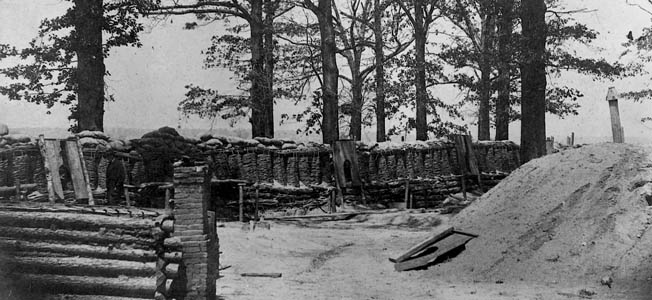

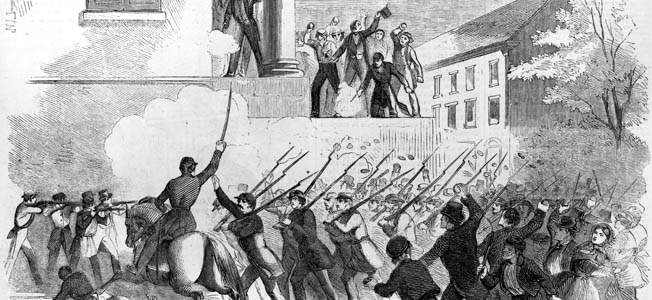
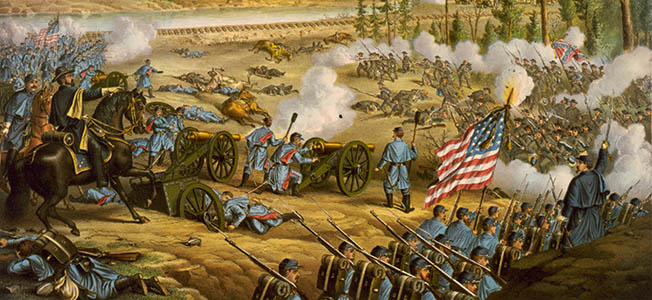
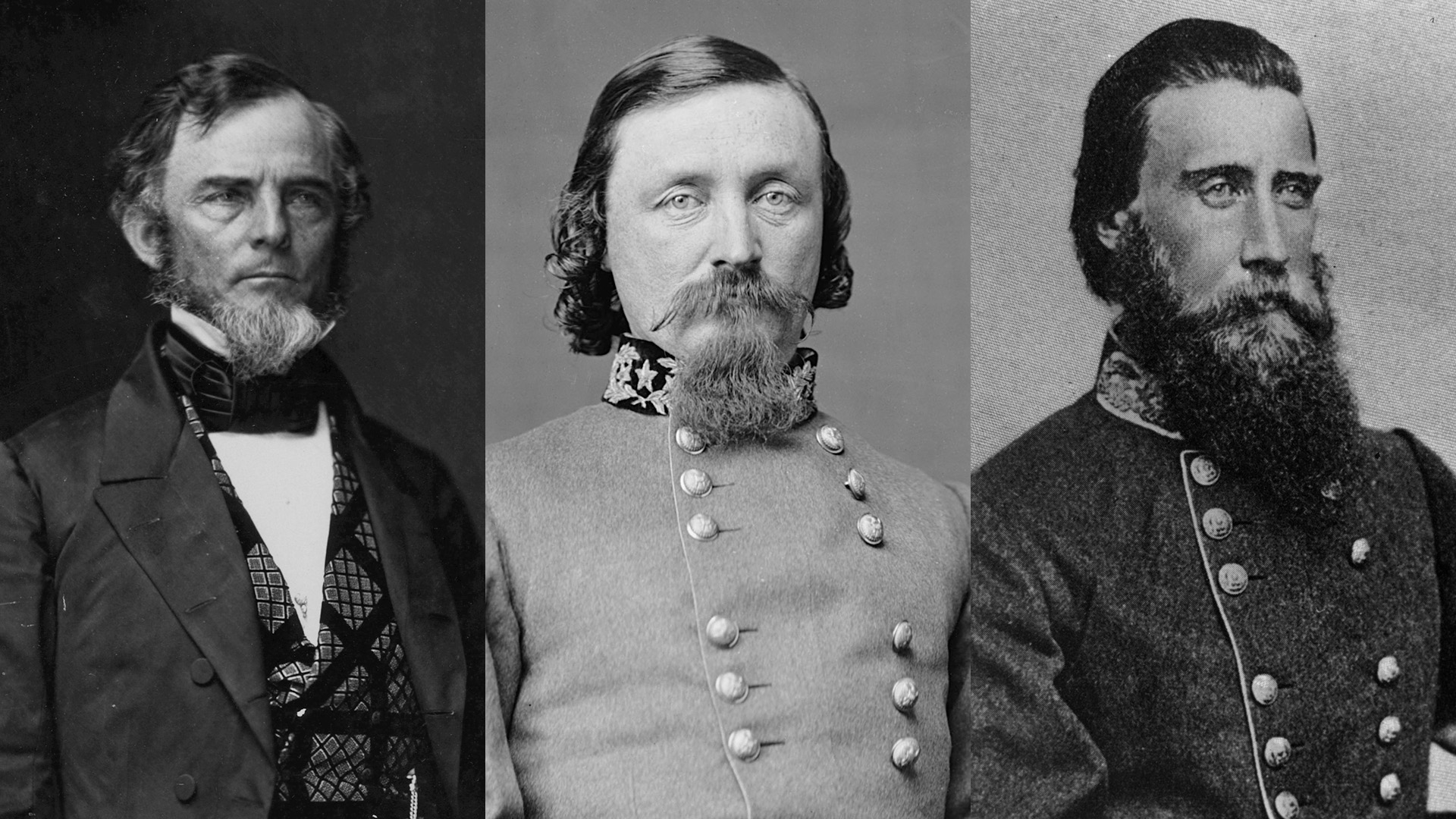
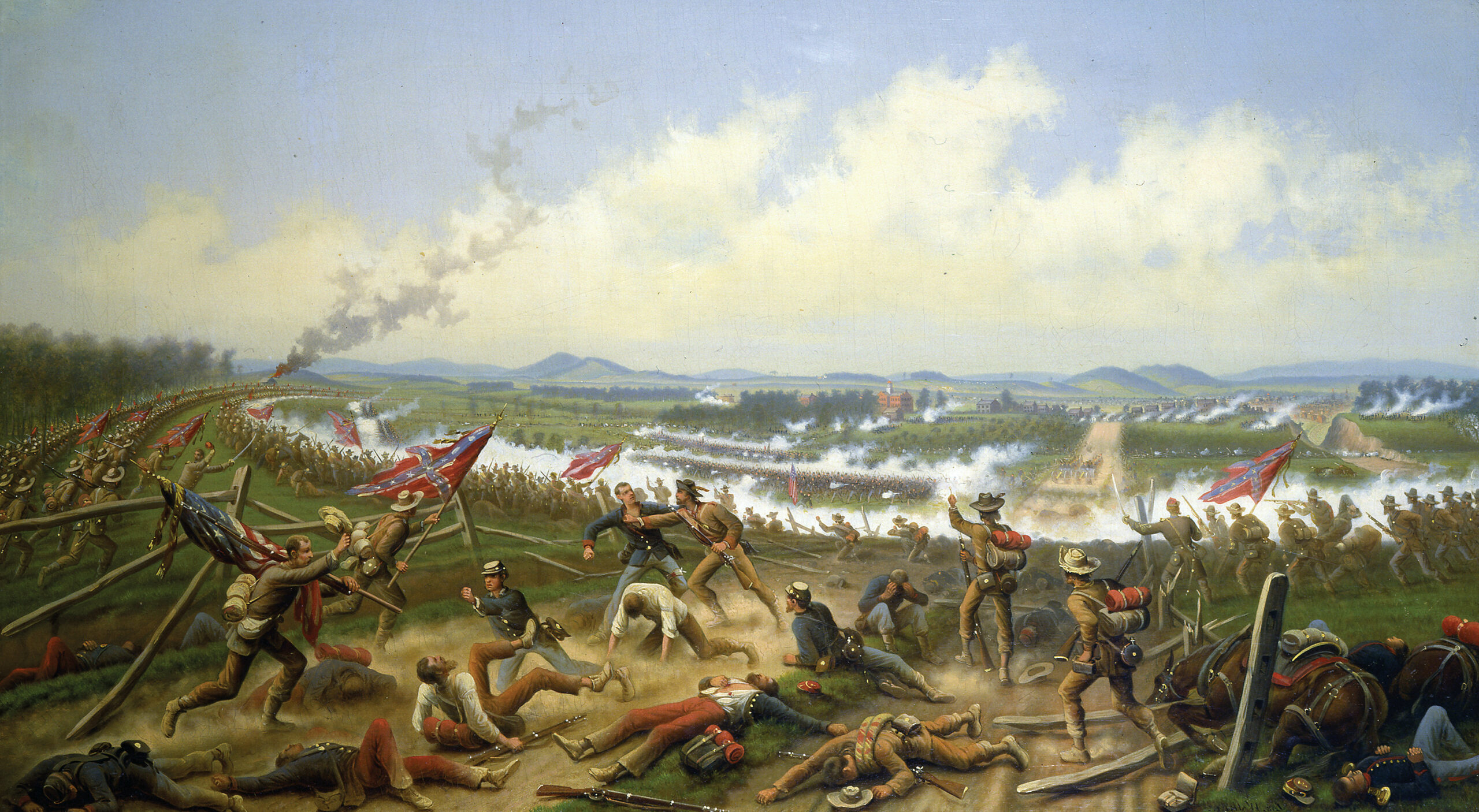
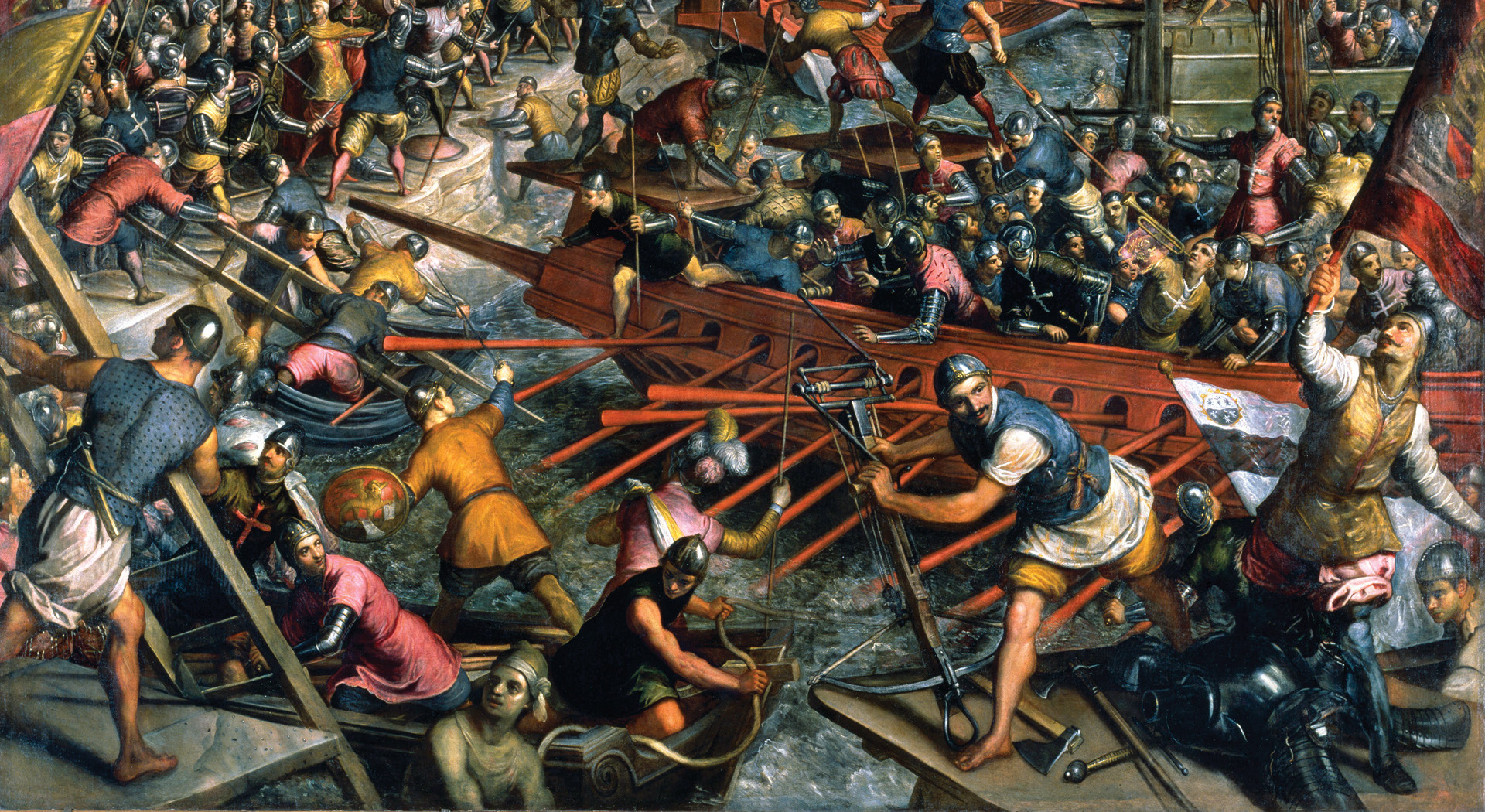

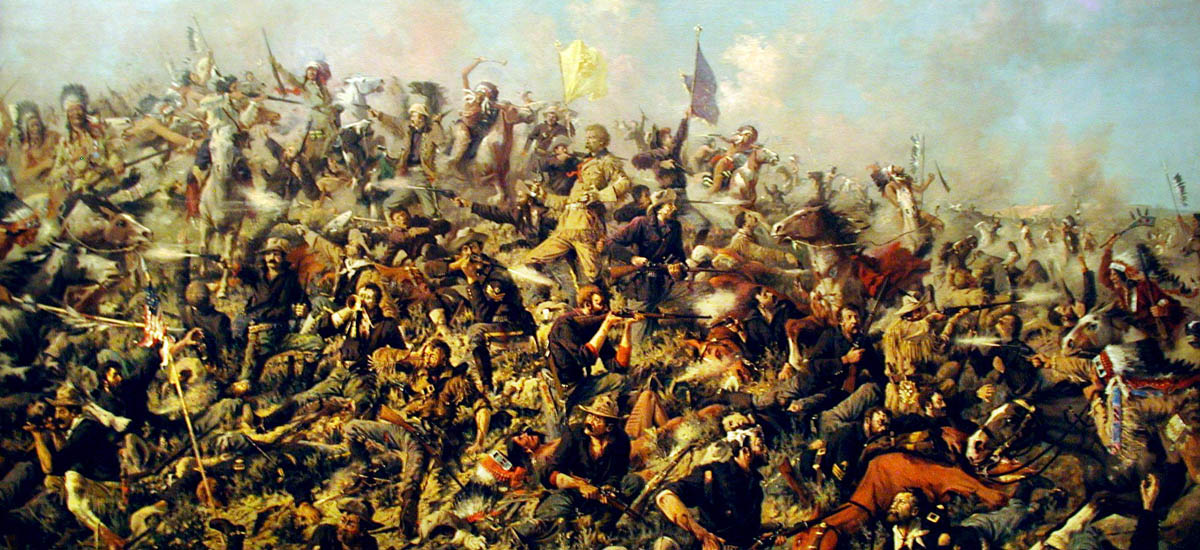
Join The Conversation
Comments
View All Comments